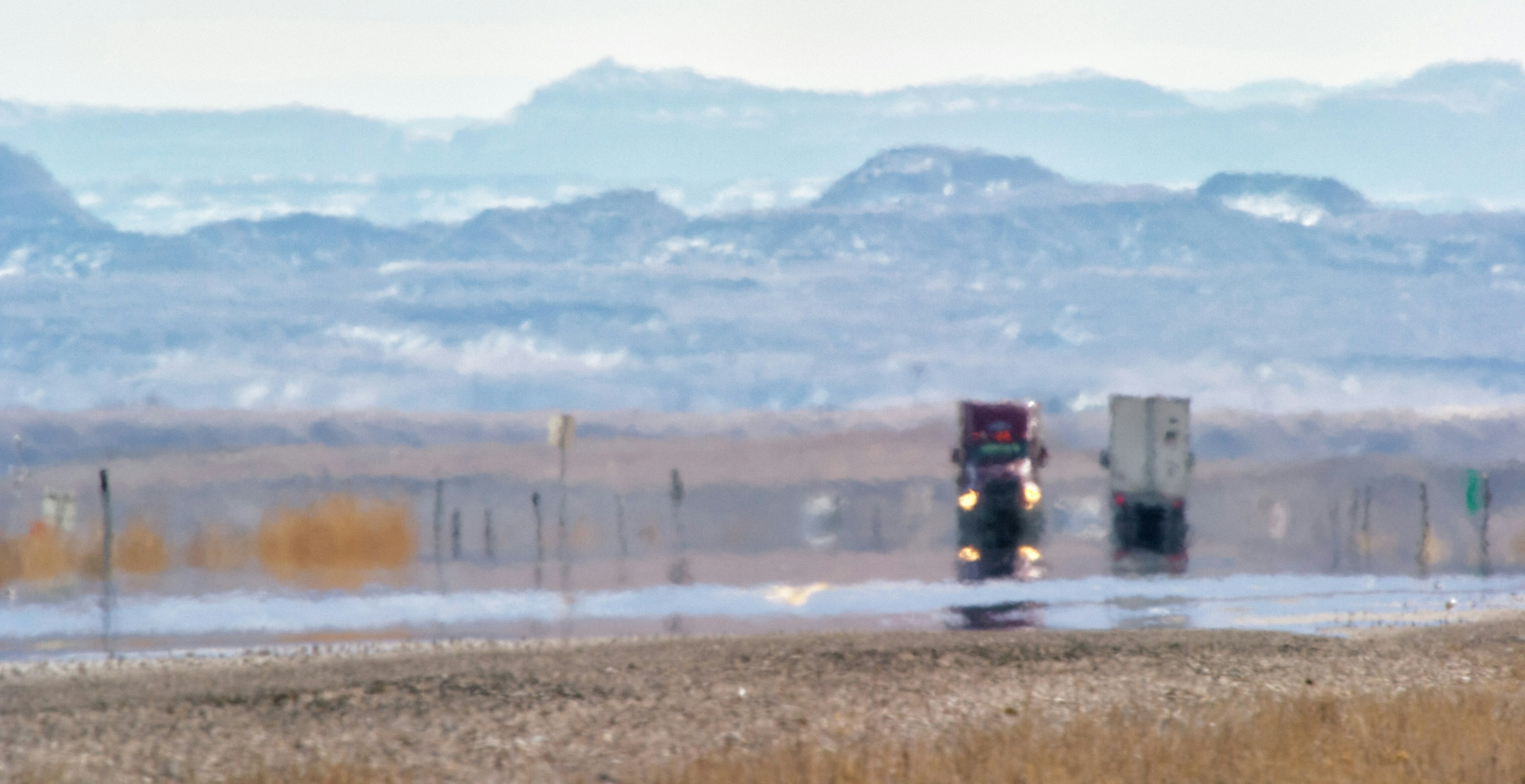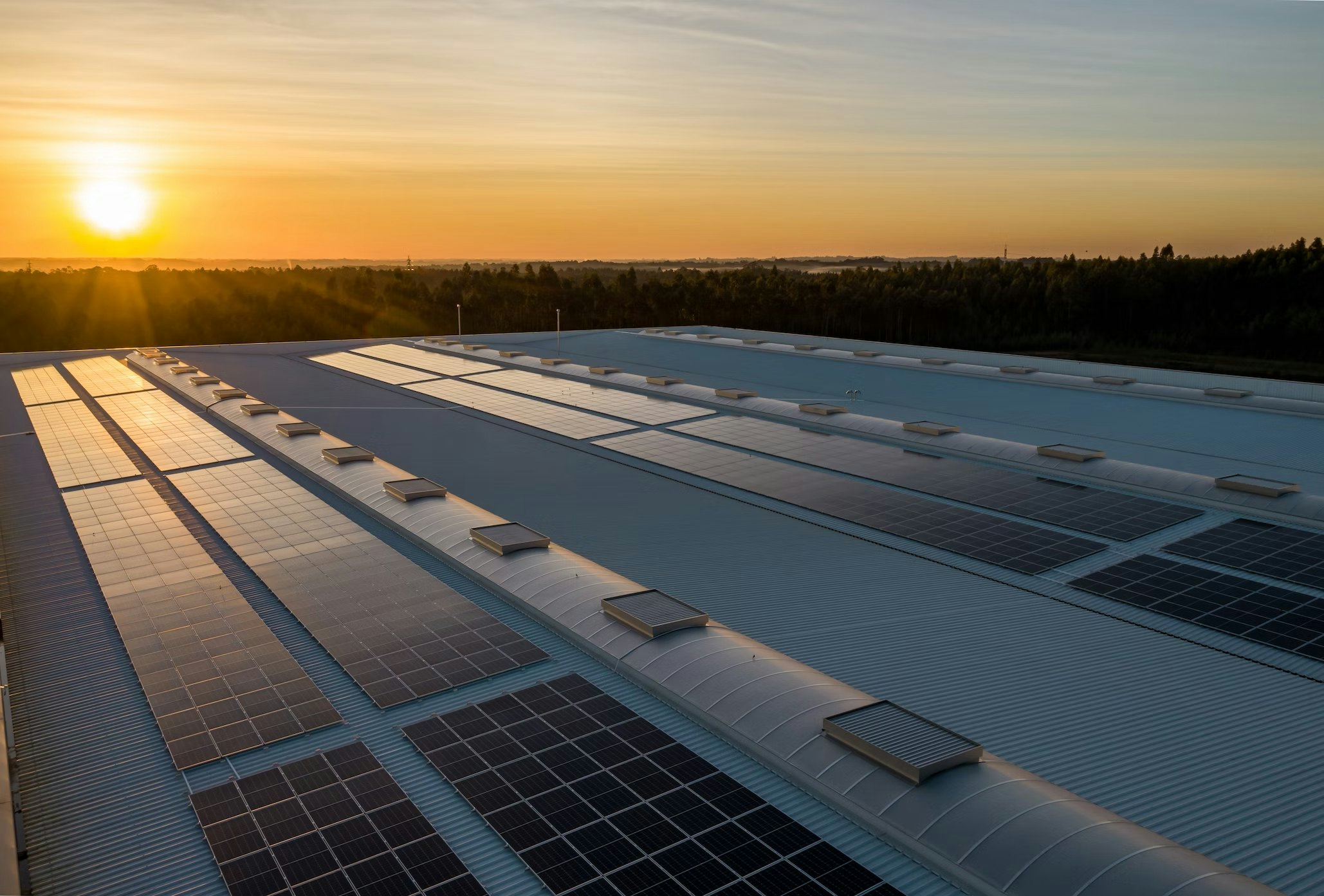What extreme weather means for the energy grid — and why it matters

It’s already been a summer for the record books. And not in a good way.
This year’s July 4th weekend saw a string of the Earth’s hottest days ever recorded — and likely hotter than any day in over 125,000 years. Phoenix, Arizona broke its own record for most consecutive days with 110-degree or higher temperatures in a major US city. Spain, Portugal and northwest Africa were hit by a record-breaking heatwave alongside ongoing drought. Extreme heat has become the top story around the globe, even as other weather-related disasters like flooding and forest fires have consumed our day-to-day lives.
The New York Times is now tracking the consistently dangerous levels of heat across the US. As Americans try to stay cool, their power bills skyrocket — and so does the strain on our power grid. But it’s not just high demand that causes grids to teeter. Power plants, transmission lines, and all kinds of machinery don’t work as well in extreme heat.
The good news is that it doesn’t have to be this way. We can improve our energy system and combat the forces causing extreme weather events in the first place. But we need to act now.
Climate change is leading to an increase in severe weather events
All these extreme weather events are a direct result of the climate crisis. Scientists believe that the unprecedented heatwave experienced across Spain, Portugal, Morocco and Algeria would have been virtually impossible without climate change. And they see climate change as a core reason for Vermont’s recent and previously unheard-of flooding.
We can no longer ignore that climate change is making an impact. It’s here. It’s having massive costs — a new study estimates that last year’s heatwaves in Europe killed more than 60,000 people, most of whom were women and the elderly. Meanwhile, workers in the US have very few protections against performing labor in extreme heat. Sometimes, those workers are the same ones triaging our grid.

Help us drop fossil fuels. See what clean energy options are available for you.
Check availabilityA power grid under strain
Our power grid wasn’t built for today’s climate. It struggles to keep up with extreme weather events. There are a few reasons for this.
Increased demand
As residents crank air conditioners and fans in a desperate attempt to stay cool during a heat wave (or turn up heaters to stay warm in a cold snap), demand for electricity soars. In the best-case scenario, grid operators have to turn on old, dirty power plants to meet this increased demand. In the worst-case scenario, the grid is overwhelmed, causing blackouts.
Recent storms across the southern US resulted in a power outage for over 300,000 people, leaving them unprotected in the ensuing heat wave. When our grid is vulnerable to extreme weather events, conditions can quickly become even more dangerous.
Aging grid infrastructure
The power grid just doesn’t work as well in extreme weather events. Extreme heat can reduce the output of power plants, cause equipment to overheat, and make power lines sag as the metal in them expands — bringing them into contact with trees and potentially causing outages. Extreme cold can have similar effects on the grid.
When the grid isn’t functioning well or there’s more demand for power than there is supply, utility customers can see rolling blackouts or requests to reduce their power usage.
Renewable energy to the rescue?
The good news is that it doesn’t have to be this way. We can improve our energy system and combat the forces causing extreme weather events in the first place. In short, we have to invest in more renewable energy.
As we electrify more things, we need to make sure our electricity is coming from renewable sources. Otherwise it continues to burn fossil fuels and release greenhouse gasses into the air, contributing to global warming — and the catastrophic weather events it causes. Unless we drastically reduce fossil fuel use, global temperatures could rise another three to four degrees Celsius by the end of the century. That, to put it simply, would be a disaster.
This urgency is why we’re working to expand access to community solar — it’s one of the most direct ways that utility customers can add more clean power to the power supply. But we can’t just rely on adding more wind and solar power. We need to improve the grid itself, too, to make it more resilient.
Our grid infrastructure is in dire need of an update. The American Society of Civil Engineers most recently handed the US energy infrastructure a C- in their quadrennial report card. Not great. To make the grid resilient, we need to invest in ways to make renewable energy more flexible:
- Better energy storage. Solar power is most abundant in the middle of the day while the sun is shining. Makes sense, right? Unfortunately, that doesn’t match times of peak electricity demand, which tend to be first thing in the morning and in the evening. We need better ways to store solar energy until it’s needed on the grid.
- Improved energy transmission. In addition to improved energy storage, we need to be able to transmit renewable energy to where it’s needed most. Many wind farms, for instance, are in unpopulated areas. If we can transmit that electricity to more densely populated areas, wind power becomes a more viable option.
- More use of load flexibility. Energy companies have always been able to predict energy consumption, but they can’t control it. Historically, they’ve overbuilt supply to meet times of peak energy demand, which means many “peaker plants” sit idle much of the time. Devices like smart thermostats and water heaters, however, can make energy demand much more predictable by shifting the time that energy is used (for instance by heating water, which holds its temperature, at times of lower demand). This is known as load flexibility. If we can reduce large peaks in energy demand by spreading that demand out over the course of the day, we can stop overbuilding power supply, take better advantage of renewable power sources when they’re most active, and reduce carbon emissions and spending on peaker plants.
- More investment in other forms of carbon-free energy. Right now, solar and wind power have their limits (storage and vulnerability to weather — the same high-pressure systems that cause heat domes like the one in the Southern US often bring still air, decreasing wind power). Zero-carbon sources such as geothermal energy and hydropower can help meet demand for electricity, although extreme heat and drought hurt hydropower, too.
A better energy grid is possible. So is a future where we limit the number of devastating weather catastrophes.

Ready to make an impact? Sign up for community solar today!
Get started